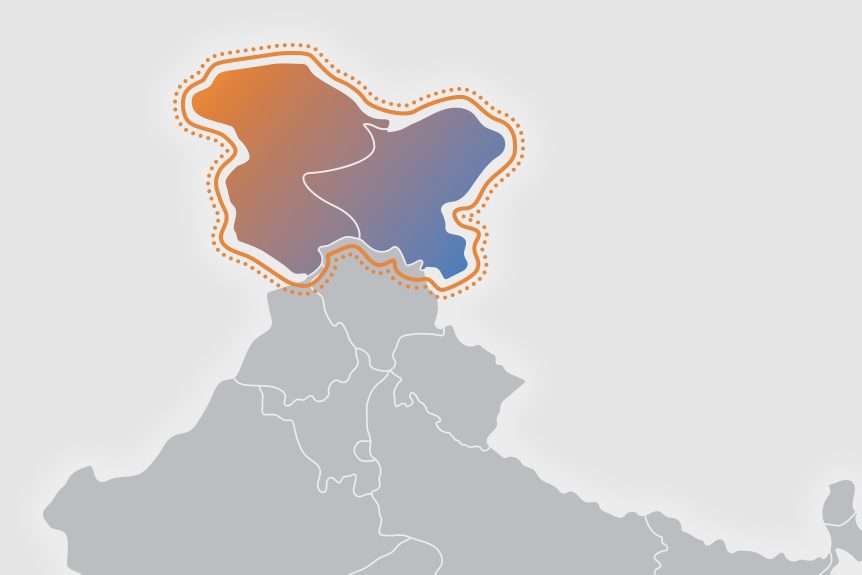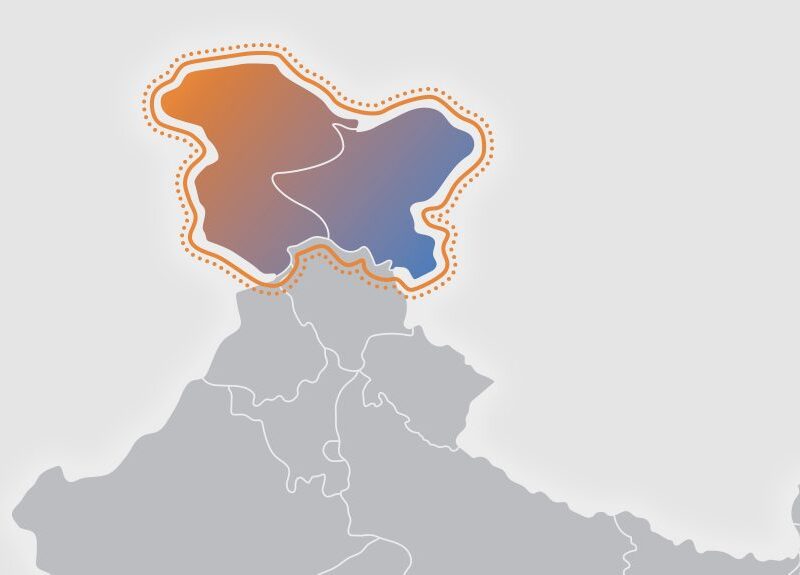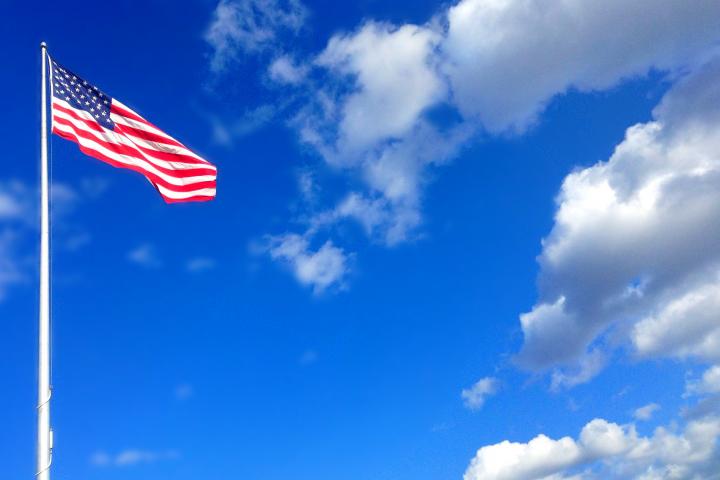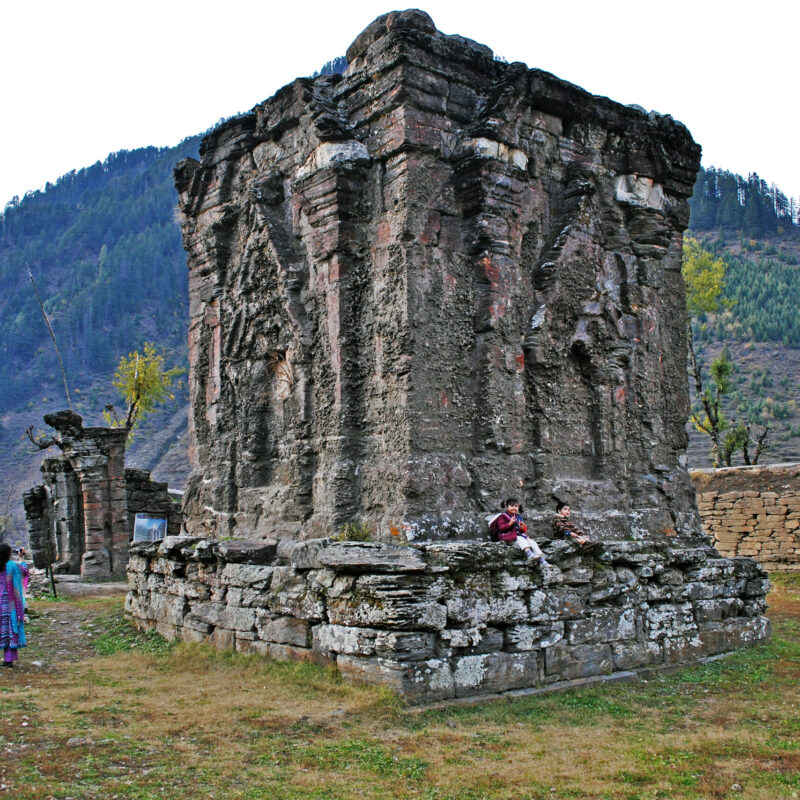

The recent actions by the Government of India to repeal Articles 370 and 35A were a decisive and momentous step towards attempting to bring peace and prosperity to Kashmir.
This is what you might be asking yourself and need to know about what’s happening.
1. Didn’t the Government of India need to consult the people of Jammu & Kashmir before repealing Article 370?
No, but Jammu & Kashmir and Ladakh have representatives in the Indian Parliament who participated in the vote to remove Article 370, with some voting in favor.
The text of Article 370 states: “(3) …the President may, by public notification, declare that this article shall cease to be operative…” And, that’s what happened. The President of India publicly removed Article 370 democratically, with the Parliament overwhelmingly voting in support of the move — 351 to 72 in the lower house and 125 to 61 in the upper.
Moreover, a small survey conducted by CNN News 18 survey revealed that 84% of the residents of Jammu and Kashmir support the decision to remove Article 370.
You also can’t overlook the fact that the people of Ladakh — a mostly tribal population of Buddhists, Shia Muslims, and Hindus — have been wanting to become a Union Territory for years, believing that their needs have been ill-met by the dominant politicians in the Kashmir Valley.
2. Residents in Jammu, Kashmir, and Ladakh now have the same rights as all Indian citizens.
Though they were citizens of India, residents of Jammu, Kashmir, and Ladakh lived under a separate set of laws, which in many ways granted them fewer rights than other Indian citizens.
Repealing Articles 370 and 35A has in fact elevated the civil rights of everyone living in the region.
This applies particularly to women, children, and minority groups. For example…
3. Kashmiri women will have way more rights than they did — children, Dalits, LGBT people too.
Previously, if you were a woman living in Jammu and Kashmir and married a non-Kashmiri from outside the state, you could no longer pass on inherited property to your children in Kashmir. However, a Kashmiri man could marry a non-Kashmiri and still retain all property ownership and inheritance rights. Kashmiri women were “exempt” from India’s Domestic Violence Act with defined in broad terms domestic violence and offered protection to victims. Now they are not. And Muslim women in the rest of India are protected against automatic divorce (triple talaq, where a man can divorce a woman by word of mouth only); until now, triple talaq still applied in Kashmir.
Children in India have a fundamental right to education under the Right to Education Act. Until now, Kashmiri children didn’t.
In the rest of India, Scheduled Castes (groups who have been historically marginalized) have access to one of the largest affirmative action programs in the world. In Kashmir this program didn’t apply, with some communities still legally forced into menial occupations, for life.
India has made great legal strides in LGBT rights in recent years — its one of the few nations where non-binary gender is legally recognized, and it has overturned colonial-era laws making homosexuality illegal. In Kashmir, federal gay rights protections didn’t apply. They do now.
4. Why was Article 370 instituted in the first place?
When the British partitioned India into two countries, princely states had the option of choosing to join secular India or Islamic Pakistan. The Hindu king of Kashmir had trouble deciding which country his Muslim-majority state should join. While he debated, Pakistan invaded Kashmir, leading the king to ask India for help. India agreed, and the king formally acceded his state to India. Pakistan did not accept the decision.
India’s Prime Minister Nehru went to the UN to help resolve the dispute. The UN urged a plebiscite to determine the will of the people of Jammu and Kashmir. But one major condition for the plebiscite was never met: Pakistan refused to withdraw its military forces from Kashmir. As such, the plebiscite never happened, and Pakistan continued to foment unrest, violence, and terrorism in Kashmir.
Subsequent to Jammu and Kashmir’s legal accession to India in 1947, Kashmiri political leader Sheikh Abdullah pressured Nehru to confer special status on the state and give local politicians more power. In order to placate Abdullah, Nehru agreed to the temporary provision of Article 370 in 1949, which limited the Indian Parliament’s control over many legislative issues in Kashmir. Moreover, Article 35A, which took away residency and property rights from many residents of Jammu and Kashmir, including women, children, and minorities was implemented in 1954, even though its provisions violated the Indian Constitution.
5. So who’s protesting? Hardline Islamist terrorists, for one.
The telecommunications blackout and travel restrictions imposed on the region have no doubt only amplified grievances Kashmiris in the Kashmir Valley hold against the Government. And, in attempting to root out insurgents over the past several years, ordinary Kashmiris have been caught in the middle, further aggravating local sentiments .
But, you know what, a lot of those flags being waved in protest videos that have emerged are from terrorist group Jaish-e-Mohammed, with some from the so-called Islamic State.
These aren’t groups advocating for the creation of a secular, pluralistic, liberal democracy in Kashmir. Rather, should they succeed in their ambitions, they will create a hardline Islamist theocratic state in Kashmir where women, religous minorities, and ordinary, moderate Muslims would suffer horribly.
6. You can’t overlook the Kashmiri Pandit ethnic cleansing.
Between 1989-90 approximately 95% of the Hindus living in the Valley of Kashmir became victims of one of the world’s least known ethnic cleansings, conducted by Pakistan-sponsored insurgents.
Thousands of Hindus were killed, more than 30,000 homes, businesses, and places of worship destroyed or occupied. Approximately 350,000 Hindus — people whose ancestors had been living there for hundreds and hundreds of years without major communal conflicts — were forced out of the region on threat of death. To this day they’ve largely been unable to return to their homes.
Any talk of concern about potential demographic shifts in Kashmir as a result of the abrogation of Articles 370 and 35A that don’t acknowledge the ethnic cleansing of the Kashmiri Pandits as itself a huge, orchestrated demographic shift are cruelly disingenuous.
Read more: What you need to know about the struggle for peace in Kashmir








































